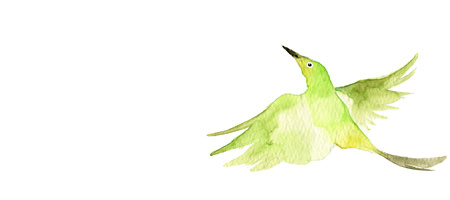how to
photograph
wild birds
Proper etiquette when photographing wild birds
Canon hopes that wild bird photography will grow stronger with proper photography etiquette.

Proper etiquette when photographing wild birds
Canon hopes that wild bird photography will grow stronger with proper photography etiquette.

With more and more people shooting photos of wild birds as a hobby and wild bird photographs appearing in magazines and winning awards in photo contests, there are more opportunities to see such photos than ever before. The number of people who have become enchanted with the beauty of these birds has expanded.
Wild birds have long been the subject of Japanese paintings, as well as tanka poems and haiku, and are deeply rooted in Japanese culture. The affinity that Japanese people have for wild birds remains unchanged to the present day and wild bird photography represents another facet of this long-standing culture.
However, there is a risk of photographers damaging their reputation if they practice poor etiquette. We are promoting proper etiquette so that the wild bird photography culture can flourish.
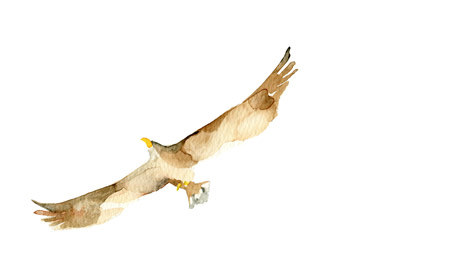
Because these birds move quickly and are small, in the past, photographing them required expensive camera and advanced camera technique. But today, thanks to advancements in cameras and lenses, many people can enjoy the hobby of photographing wild birds.
On the other hand, several problems have occurred, caused by bad manners of photographers. For example, some have trespassed on private property and caused trouble for local residents by occupying public roads, or have invaded the habitats of wild birds without keeping a suitable distance. Here we introduce seven important manners that are key to photographing wild birds.
Breeding season for wild birds is during spring and summer, and parent birds are especially nervous when they are raising their chicks. They may abandon the nest if they sense danger or changes nearby. When a parent bird stretches its neck and watches us, or bristles up its plumage and utters, it is a warning sign. Should this happen, never get close to the nest.
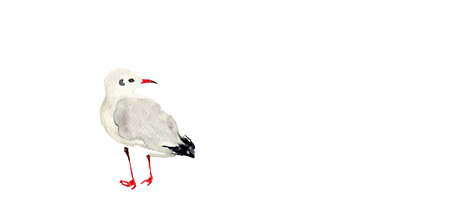
Rare birds which seldom migrate to Japan are likely off course from their main habitat or main migration route and may be weakened by a long flight. Do not get too close to them or make them fly on purpose to take photographs. Allow them to feed and get enough rest.
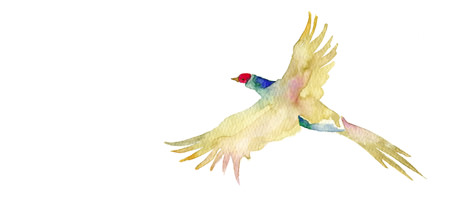
In many cases, when someone announces the sighting of a rare or sought-after bird through the Internet, the information spreads immediately and hundreds of people tend to come to the same spot the next day, causing problems for the local neighborhood. If you enter someone's private property without permission or block passage of pedestrians or cars by occupying a road, it may cause trouble for local residents. Please keep the information secret; even though you may want to share it with only one or two close friends, due to the nature of networks, the information could easily spread rapidly and widely.
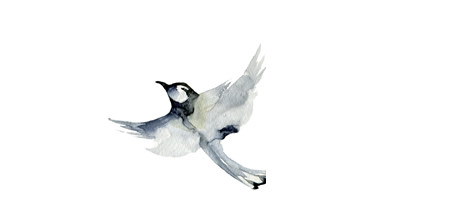
With some photographers getting into scuffles trying to secure the same photo location or entering private property without permission, problems have been on the rise, which can sometimes lead to police involvement. Please do not trespass on areas that are off-limits, interfere with pedestrian traffic by setting up your tripod to stake out a photo location, or otherwise block passage for extended periods of time. Please consider others while you enjoy taking photographs. Also, if you aim your camera at a residential area, you may be viewed with suspicion, so be careful.
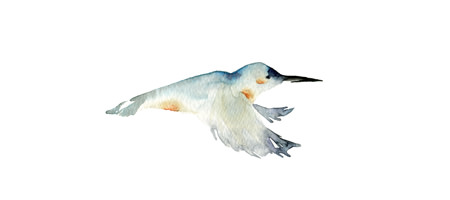
Wild birds are fundamentally different from domesticated birds, and they must live by themselves naturally. If humans feed birds to take better photographs, it may cause the birds to be late in starting their migration. Delaying their departure from Japan may affect their entire life. For example, if some wild birds don't leave for a warmer place in the fall, they may die of winter cold. Recently, there have been reports of overeager photographers altering the environment by trying to cut away trees and branches to create photos in which the birds stand out. We must make every effort to preserve the natural environment and protect all wildlife.
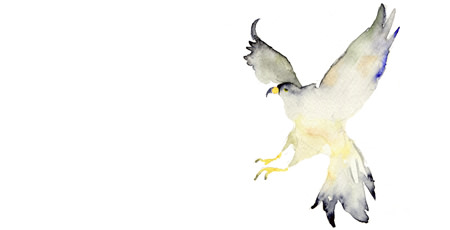
It is a must that all wild bird photographers not only practice proper photographic manners, but also show due respect to nature by not littering mountains, rivers and other natural environments with trash or cigarette butts. Also, smoking in wooded areas is strictly prohibited as it could cause a forest fire. While it goes without saying that you should not disturb birds and nature in the field, it is also important to communicate with the other photographers around you to ensure proper mutual understanding. In these ways, we should all do our best to maintain good manners.
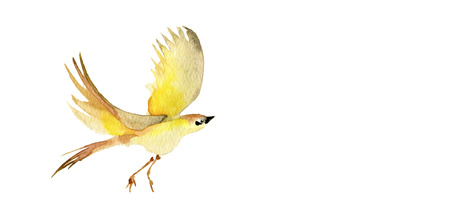
Artificial light, like a camera flash, has a big impact on birds. Never use a flash at night. If you do, it may startle the bird and cause injury. When it's dark out, instead of using a flash, please select a higher ISO speed.
